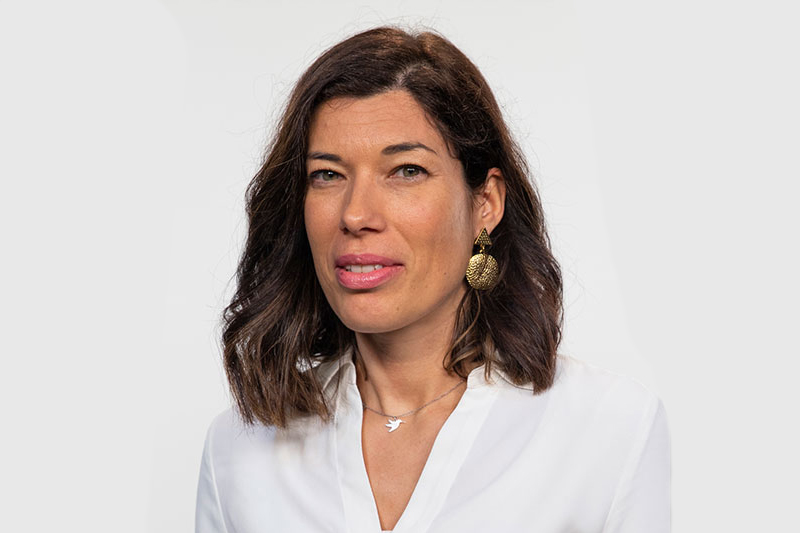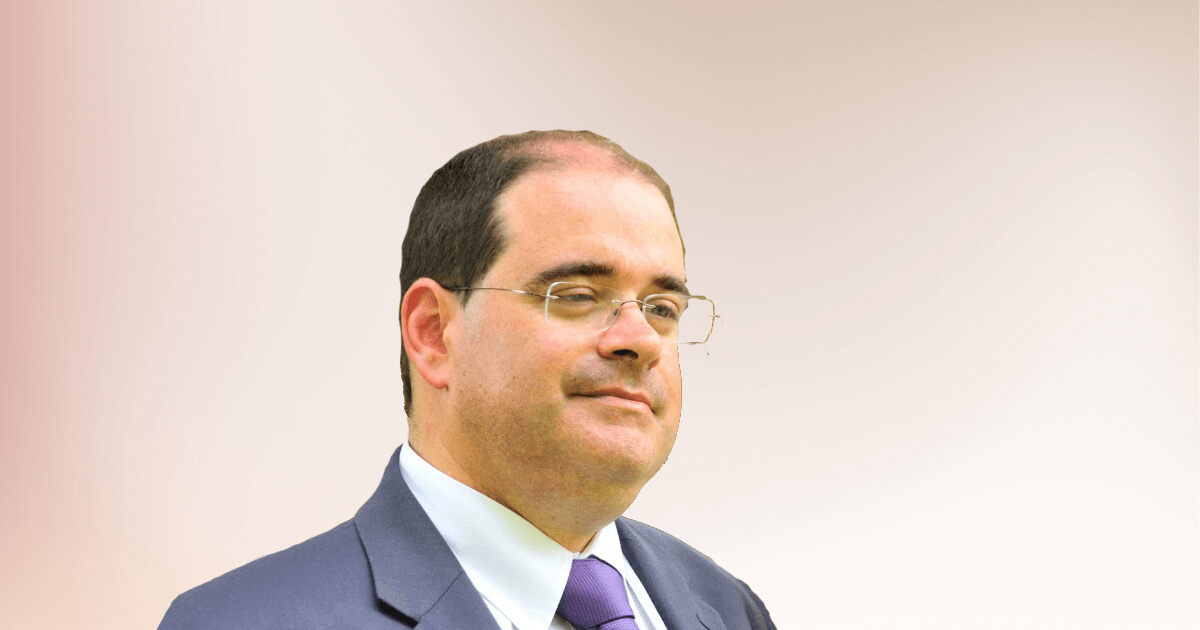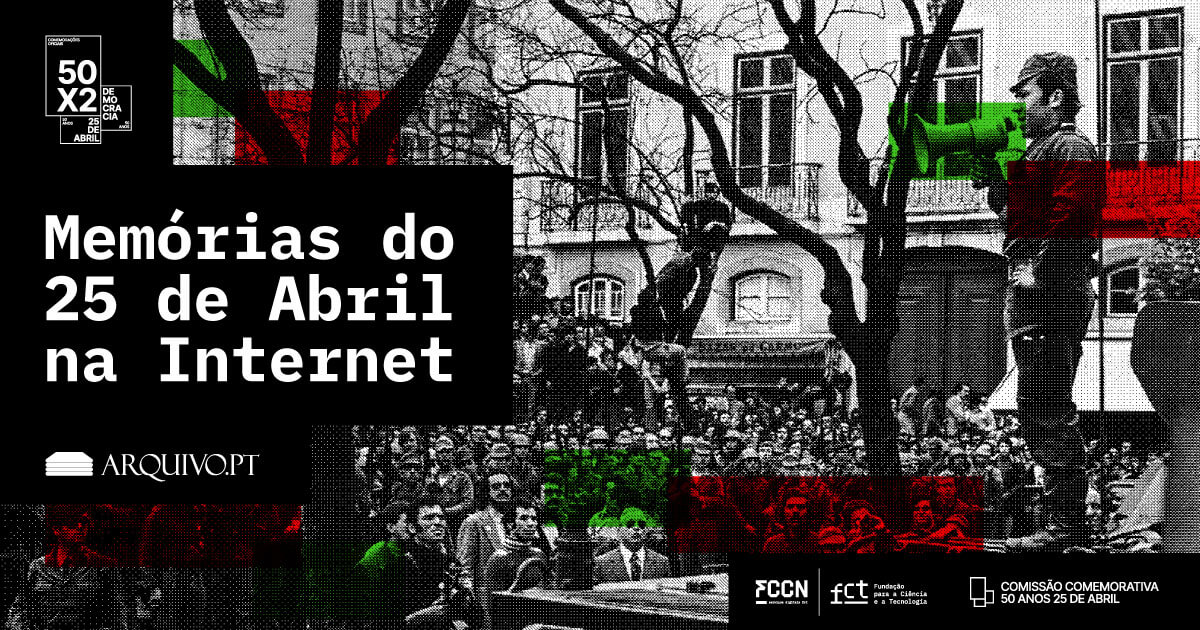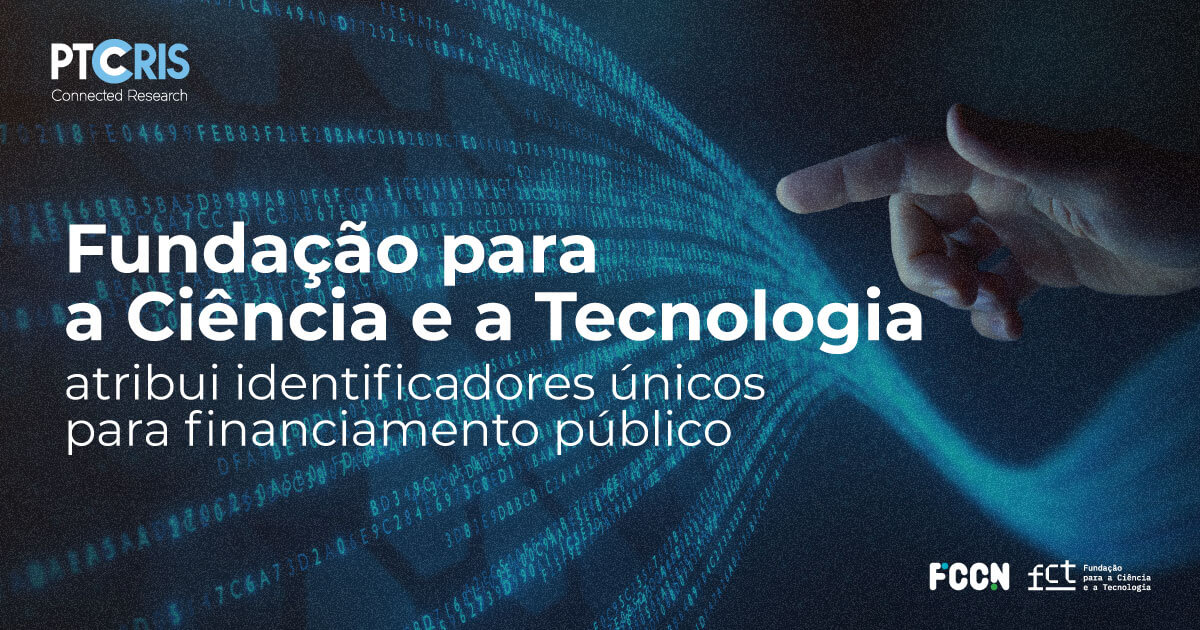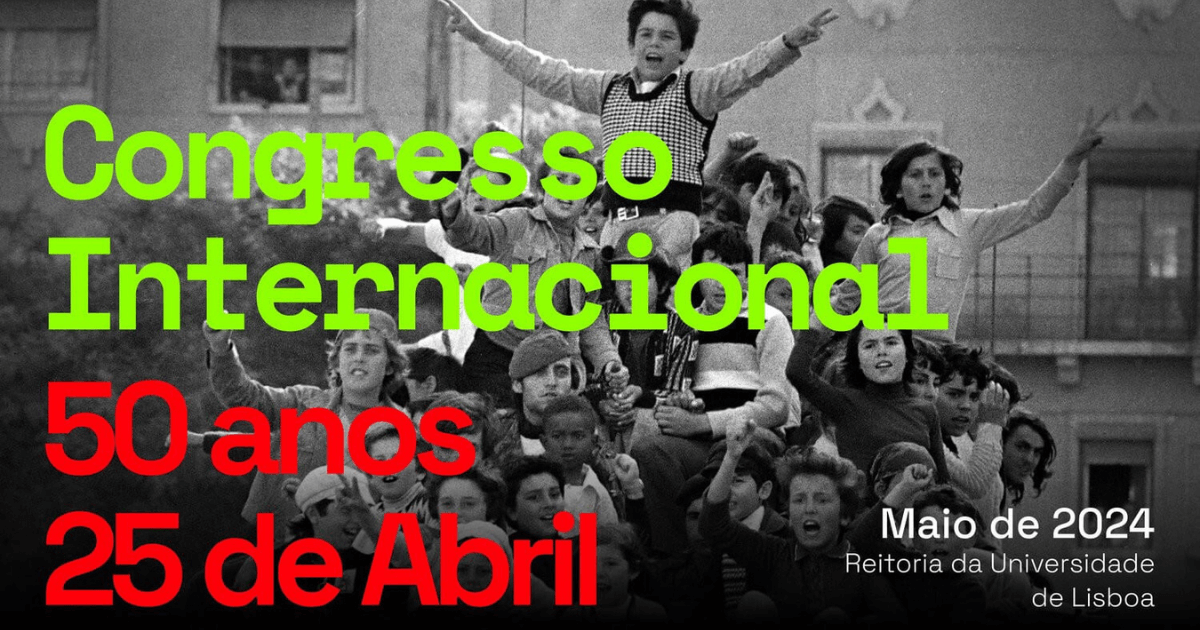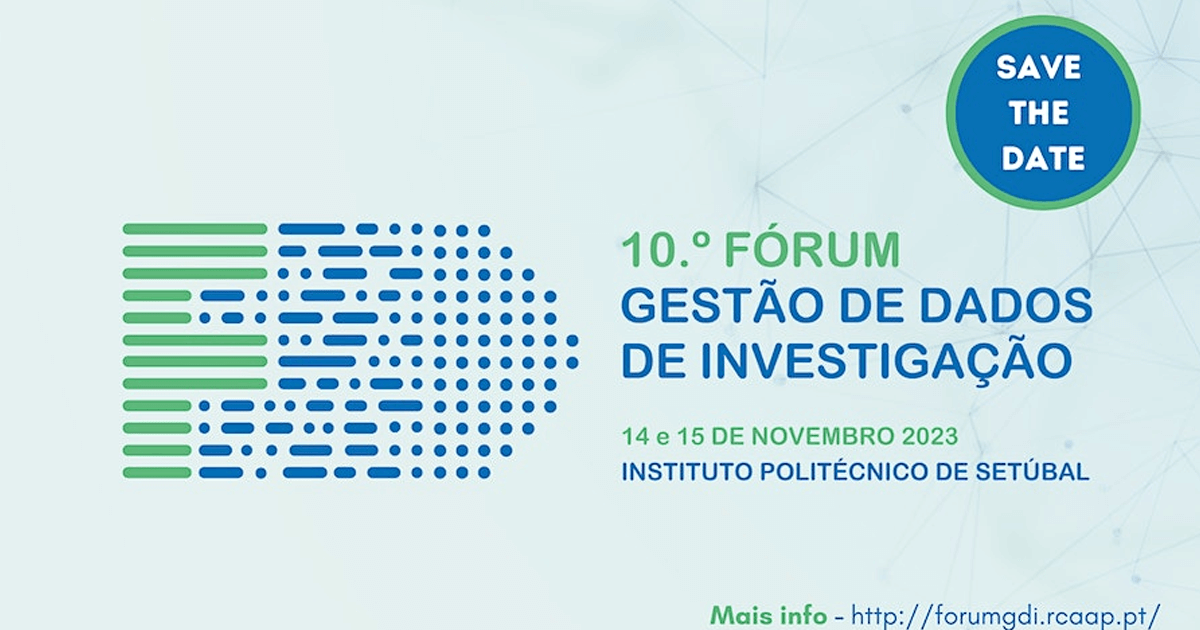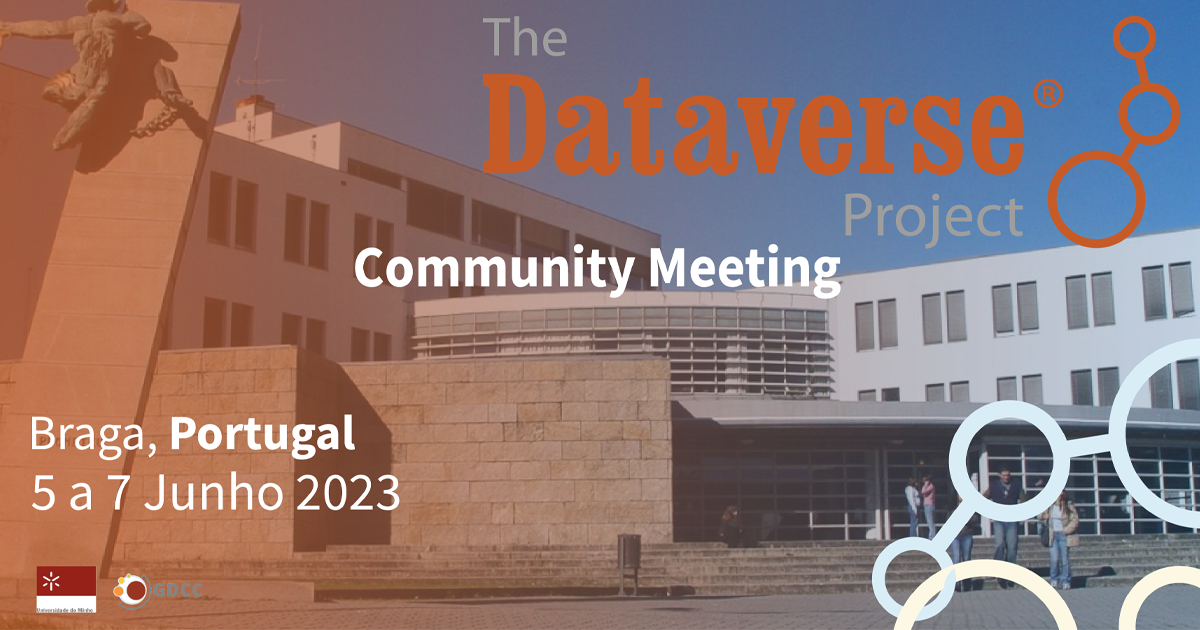A Gestora do programa CIÊNCIAVITAE, Cátia Laranjeira, revela alguns elementos que marcam a atualidade deste projeto dinamizado pela Unidade de Computação Científica Nacional (FCCN) da FCT, destacando a sua mais-valia para os e as cientistas em Portugal.
Olhando às características da atividade científica ou de investigação, de que formas pode o CIÊNCIAVITAE ajudar um ou uma cientista?
No decurso da sua atividade, os cientistas têm que submeter a sua informação curricular múltiplas vezes, a várias entidades do sistema científico (ex. agências de financiamento, sistemas de informação institucionais e outros). O CIÊNCIAVITAE surge com o objetivo de simplificar a partilha desta informação reduzindo a carga burocrática que recai, hoje em dia, sobre os cientistas.
E de que forma é realizada esta simplificação?
Para tal, o CIÊNCIAVITAE disponibiliza mecanismos que permitem ao utilizador reutilizar informação previamente registada noutras plataformas, registar informação de forma rápida e, por fim, propagar a informação registada através da integração com outros sistemas de gestão da atividade científica.
O CiênciaVITAE é um projeto relativamente recente. Sentem que, ainda assim, há já um impacto palpável na prática quotidiana dos investigadores e investigadoras portuguesas? De que forma?
O CIÊNCIAVITAE pretende ser um repositório de informação curricular que o utilizador poderá usar na sua interação com as diferentes entidades do sistema cientifico nacional. Nesse sentido, dá cumprimento ao principio “Preencher uma vez, reutilizar múltiplas”. A adoção do CIÊNCIAVITAE pelos investigadores massificou-se com a integração desta plataforma nos sistemas de financiamento Fundação para a Ciência e Tecnologia (FCT), em 2019. A partir desse momento, os investigadores passaram a poder optar pelo CIÊNCIAVITAE para partilhar a sua informação curricular, no âmbito das candidaturas a financiamento FCT.
Que impacto poderá vir a registar-se no futuro?
No futuro, prevê-se que o impacto da adoção deste novo sistema na simplificação administrativa venha a aumentar significativamente, ao ser viabilizada a sua utilização em atos administrativos baseados num CV junto de outras entidades do sistema cientifico nacional para além da FCT – por exemplo, a Agência Nacional de Inovação (ANI), a Agência de Avaliação e Acreditação do Ensino Superior (A3ES) ou a Direção Geral de Estatísticas do Ensino Superior e Ciência (DGEEC).
Qual o balanço que fazem relativamente à implementação do projeto? Há alguns números que pensem ser relevante partilhar?
O lançamento oficial do CIÊNCIAVITAE foi a 26 de setembro de 2018 e, desde então, mais de 46 000 currículos foram criados na plataforma. Destes, constam registos de 797 728 produções e 175354 projetos. A nova plataforma de gestão curricular tem sido amplamente promovida através da realização de mais de 90 sessões de apresentação que contaram com 2673 participantes de 162 instituições.
Que outras formas de promoção do CIÊNCIAVITAE têm sido implementadas?
Destaco a rede de promotores CIÊNCIAVITAE, recentemente estabelecida, que conta com a colaboração de representantes de 136 Unidades de Investigação e Desenvolvimento nacionais e cujo o trabalho tem sido fundamental para a divulgação da plataforma e capacitação dos utilizadores na utilização da mesma.
Olhando o futuro, quais os próximos passos que estão pensados?
No próximo triénio, o desenvolvimento do CIÊNCIAVITAE foca-se em três eixos distintos: utilizadores, instituições e integrações. Relativamente aos utilizadores, o foco passa por implementar melhorias e novas funcionalidades que endereçam as necessidades mais prementes. Relativamente às instituições, destaca-se o desenvolvimento de um serviço de indicadores institucionais, baseado no CIÊNCIAVITAE, que visa disponibilizar às instituições, métricas pertinentes para melhor monitorizarem o desempenho e a gestão dos seus processos. Por fim, dar-se-á continuidade ao trabalho que em vindo a ser realizado para que o CIÊNCIAVITAE possa ser utilizado nos procedimentos administrativos que envolvem a partilha de informação curricular no âmbito do sistema cientifico.
